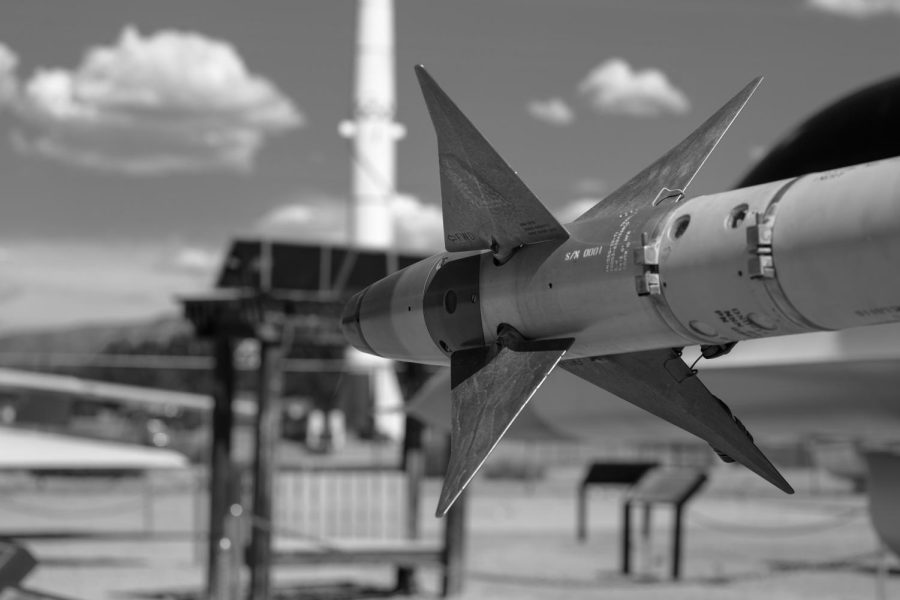Hypersonic Missiles
How hypersonic missiles work
Photo by Kevin Burnell: https://www.pexels.com/photo/grayscale-photo-of-airplane-in-missile-12984296/
Hypersonic missiles are advanced weapons that travel at incredibly high speeds, reaching velocities of Mach 5 or higher, which is five times the speed of sound. These missiles are designed to deliver precision strikes with exceptional speed, range, and maneuverability, making them an exceptional force in modern warfare.
The main thing about hypersonic missiles that makes them special is their ability to generate and maintain hypersonic speeds. Hypersonic speeds are achieved by utilizing cutting-edge propulsion systems that allow the missile to travel at extreme velocities. One common type of propulsion system used in hypersonic missiles is a scramjet. A scramjet is an air-breathing engine that relies on the high-speed movement of the missile through the atmosphere to compress incoming air and mix it with fuel for combustion. This allows the missile to continuously take in air from the atmosphere, eliminating the need to carry heavy oxidizers, such as liquid oxygen, onboard. This makes hypersonic missiles more efficient and capable of traveling longer distances compared to traditional rocket-powered missiles.
Another critical aspect of hypersonic missiles is their ability to withstand the harsh conditions of hypersonic flight. At hypersonic speeds, missiles experience extreme temperatures due to aerodynamic heating caused by the friction between the missile and the air. These temperatures can easily exceed 3,600 degrees Fahrenheit, which can melt or damage conventional materials. To overcome this challenge, hypersonic missiles are constructed using advanced materials that can withstand extreme heat, such as composite ceramics and refractory metals. These materials are carefully chosen for their ability to maintain structural integrity and protect the missile’s components throughout the flight.
Additionally, hypersonic missiles are equipped with sophisticated guidance and control systems to ensure accuracy and maneuverability. These systems use advanced sensors, such as radar, infrared, and electro-optical sensors, to track targets and provide real-time feedback to the missile’s onboard computer. The computer makes rapid adjustments to the missile’s flight path, allowing it to evade defenses, navigate complex terrain, and hit its target with high precision. This makes hypersonic missiles extremely difficult to intercept and defend against, as they can change direction and altitude rapidly, making them highly effective in evading enemy defenses.
Hypersonic missiles are a monumental achievement in modern missile history. Their ability to achieve hypersonic speeds, withstand extreme temperatures, and maneuver with precision make them a formidable weapon in modern warfare. As technology continues to advance, hypersonic missiles are likely to become more prevalent on the battlefield, posing new challenges and opportunities for defense strategies.
RELATED STORIES:
How Hypersonic Missiles Work and the Significant Threats They Pose
https://www.scientificamerican.com/article/the-physics-and-hype-of-hypersonic-weapons/
TAKE ACTION:
https://www.indeed.com/q-Hypersonic-Missile-Systems-jobs.html?vjk=d9d0fdac32af432a











